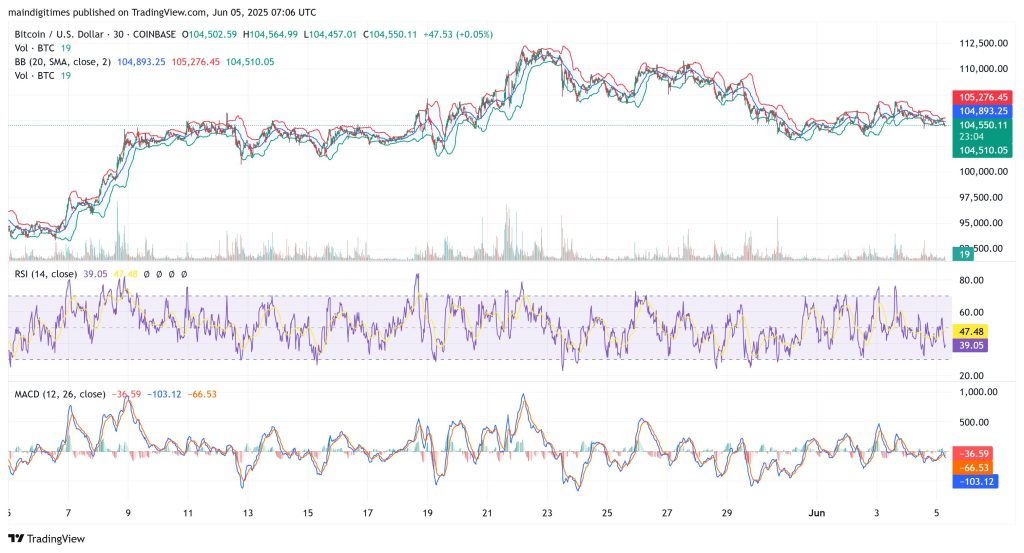On one hand, there is great demand for their services even in a slowing economy. The Infrastructure Investment and Jobs Act passed in August 2021 includes around $550 billion in new federal investment in America’s roads and bridges, water infrastructure and more. On the other hand, staffing issues, paying across multiple jurisdictions and at different pay and benefit rates, and reporting requirements for government work make managing projects and controlling costs difficult.
Pain points
Construction businesses are too busy trying to get the work done to worry about complex pay and compliance issues. That’s why they hire outside advisors like accountants. The truth is many construction company executives and administrators don’t know what they don’t know — and that can cause serious problems down the road as well as missed opportunities.
Here are the three most pressing issues for construction firms today:
Labor shortages: In 2023, the construction industry will need to hire nearly 590,000 new workers on top of normal hiring to meet industry demand, according to the trade organization Associated Builders and Contractors. There has been an 8% decline in the number of construction workers aged 25-54 over the past decade and older workers are leaving the workforce in large numbers. The lack of qualified skilled workers is concerning too. Low-skilled construction laborers account for more than 40% of construction workforce growth over the past decade, according to ABC. This means these workers must quickly acquire specialized skills. However, many industries outside of construction are also competing for this labor force.
Compliance issues: Construction is one of the most complicated industries to administer payroll. Construction firms must adhere to complex laws and regulations while often working in multiple jurisdictions, as well as reporting requirements for unions and public works (government) projects. With increased scrutiny from the government, union members, clients and employees, the entire payroll process must be accurate.
Uncertain economic conditions: Volatile changes in the economy makes it harder for construction firms to manage material and labor costs, causing delays in projects and higher costs overall. Without good visibility into payroll, it’s hard to hire the right people and stay on top of labor expenditures.
Easing the pain
Too many human capital management software providers think they can just “put a hard hat on a sales sheet” and say they do construction payroll, but it’s not that simple. Because of the complexity inherent in construction payroll, construction clients need a robust solution that understands the challenges of the industry and provides tools like these that ease the pain:
Compensation benchmarks derived from millions of real-time data points can give construction firms the ability to hire competitively. Knowing what other firms and industries both locally and nationally are paying saves tremendous time in the recruiting process especially when integrated with an applicant tracking system. Benchmarks also help business owners retain skilled workers, adjusting pay and benefits to keep in line with the job market.
Certified payroll reports are essential for government work. Certified payroll reports verify that contractors and subcontractors working on federally funded projects are paying their employees prevailing wages and fringe benefits in accordance with the Davis-Bacon and Related Acts. These records must be filed with the U.S. Department of Labor on a weekly basis. Many unions are now requiring similar payroll reports to confirm that their members are receiving the correct pay rate.
Multiple jurisdictions require automation. In any given week, a construction worker may work on different jobs, governed by different unions and/or government contracts. This all impacts pay rates and benefits as well as report administration. Tracking this manually, even using spreadsheet programs, is a major headache and major risk. Your client’s payroll solution should provide accurate and trustworthy automation that makes tracking this information easy.
A mobile payroll app is essential for the construction business. A highly mobile workforce also needs an easy-to-use mobile application. This gives managers the ability to pay employees or approve timecards right at the job site. Employees can use their mobile devices to view their pay stubs, manage personal information and clock in and out to different jobs or projects. A comprehensive mobile payroll app should also have built-in geofencing features to ensure workers are where they should be when logging their time.
Project-based businesses that have exempt employees working on jobs (e.g., project managers) must correctly allocate salaried employees’ hours and earnings across different projects for more accurate job costing. Hours worked can’t be lumped into one overhead department and yield the labor visibility you need for tracking true project profitability. Even though the employee may be paid the same amount, how those wages are funded changes depending on the project. When you’re helping your construction clients choose a payroll system, be sure to ask questions about the way it handles multiproject costing and compliance with government regulations.
To be profitable, construction business owners need immediate visibility into time and attendance and labor costs. Absences and unplanned wage costs can derail a project quickly. A sophisticated HCM solution gives managers this information quickly and in real-time, accessible via a mobile app.
Your construction clients’ payroll solution should be capturing information for appropriate tax credits. For example, construction firms can be eligible for the federal research and development tax credit if they have developed or improved products, processes or technologies. Another opportunity is the Work Opportunity Tax Credit, which applies when businesses hire new employees from groups that have historically faced employment barriers. Businesses may also still take advantage of the CARES Act’s Employee Retention Credit by filing an amended tax return until 2024 and 2025. Make sure your construction clients’ payroll provider maintains the data necessary to calculate tax credits, support compliance, and deliver process visibility in their reporting capabilities.
Labor shortages and disjointed HCM and ERP solutions are the biggest challenges facing construction firms, greatly impacting their ability to complete projects efficiently and meet compliance requirements associated with union workers and government projects. Many firms are frustrated with the Band-Aid approach they are using to handle payroll nuances and reporting requirements inherent with construction jobs, and the lack of integrated capabilities and compliance advice/updates provided by current solution providers.
Finding the best solution to meet their needs is a struggle for many firms that lack the knowledge and direction on integrated options available. Limited leadership and resources to devote to this search has firms turning to outside consultants — like accountants — and peers for advice. In your role as advisor, guide your construction clients to an HCM solution focused on the construction industry.
Credit: Source link










